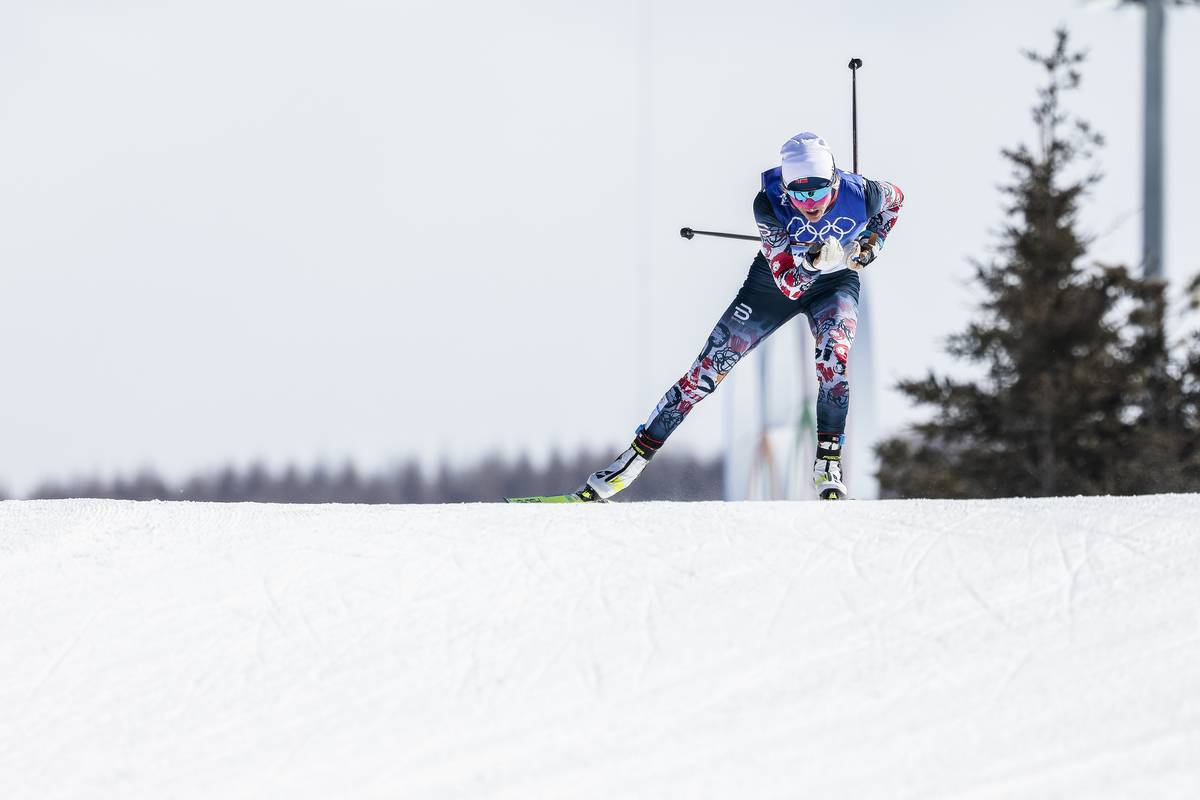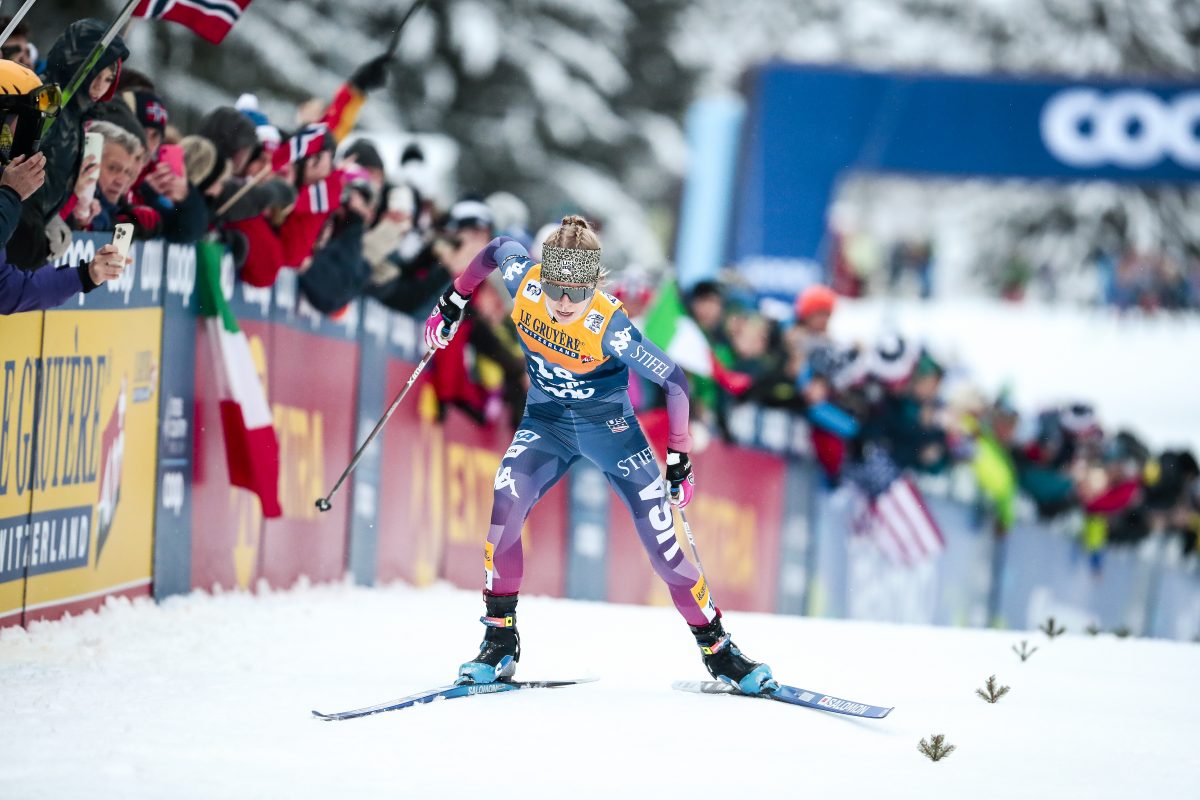The final stage in the learning process called automation and variability is briefly characterized in this article. From that discussion the proper methods and aims are derived and described. Special focus is laid on practical tips, models of training sessions, and suggestions for exercises.
”</p>
<p>Tom and Maria are two advanced skaters, and they have prepared themselves seriously and with technical training for their most important races of the season. Maria believes that she has mastered her problems with her weak dominant side while Tom, a tall athlete, has acquired a long and relaxed stride. They are ready for a successful weekend of citizen's races. However, during the stressful conditions of the races things (their techniques) don't look that pretty. They fall back upon their old movement patterns. Despite her good intentions, Maria almost exclusively skates on her strong side also in passages where it is inefficient to do so. The icy track and the wind in the flat parts at the end of the race cause major troubles for both skiers. Their movements become increasingly tense and choppy, and the long relaxed strides turn into hasty and cut-off steps. </p>
<p><b>Change of scene: Lillehammer, Olympic Games 1994, male relay…</b> </p>
<p>….. Björn Dählie leads the favorite team of Norway into the last lap; Silvio Fauner stays close on his tail. Dählie is conscious of the Italian's extraordinary sprinting abilities and tries to push for an early decision. He attacks again and again on every uphill, but Fauner manages somehow to stay right behind. And then it happens: on the finishing straight, Fauner starts his irresistible final sprint. He skates a perfect “V2 skateâ€, every move in total precision. Despite the high concentration of lactate in his muscles, Fauner is able to skate in brilliant technique and wins over the strong Norwegian – masterly: Italy wins the gold medal.<br />
<BR><center><img decoding=) www.perfectskating.com, available for sale in North America from TorbjornSport (www.torbjornsport.com).
www.perfectskating.com, available for sale in North America from TorbjornSport (www.torbjornsport.com).
The authors:
Dr. Stefan Lindinger: Sports scientist at the Department of Sport Science and Kinesiology, University of Salzburg / Austria with the main fields advanced biomechanics / kinesiology / science of training in cross-country skiing; special focus on new methods in technical training; state-certified cross-country skiing coach; responsible in trainers’ education in Austria; technique analysis projects with the Norwegian Ski Association 1997-1999 (Coaches: Ulf Morten Aune (now sprint coach); Erik R?ste (this time’s chief coach)) for Ph.D.; cooperation (teaching in trainers’ education, training projects, research) with the ski associations of Sweden and Switzerland since 2002 and 1999, respectively.
Dr. Walter Minatti: Director of Cross Country Skiing at STAMS Skiing High School / Tyrol / Austria; Sports scientist and psychologist; main responsible for trainers’ education in Austria. Both published the CD-Rom 'Perfect Skating'



